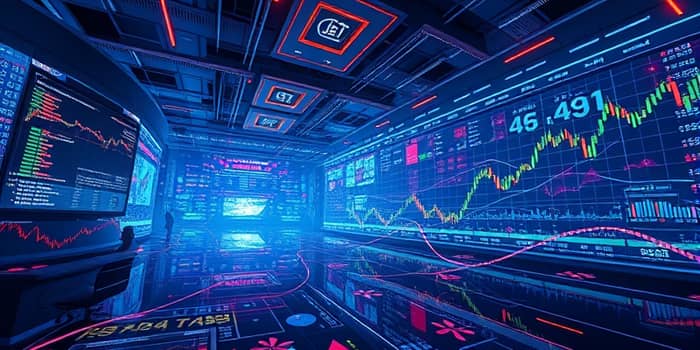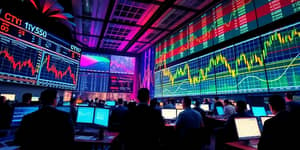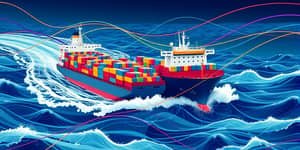
In mid-2025, global financial markets have witnessed an unprecedented transformation. Automated systems now drive the majority of volume, reshaping trading strategies and market dynamics.
According to recent data, 89% of global trading volume is executed by algorithms, from equities to decentralized crypto networks. This milestone underscores the profound impact of technology on traditional finance.
The journey began with high-frequency trading (HFT) in the late 1990s, leveraging co-location and ultra-low latency connections. Over time, innovations in machine learning, deep neural networks, and real-time big data analysis have propelled automated systems to greater heights.
Today’s AI-powered trading algorithms driving performance continuously recalibrate based on incoming signals. From sentiment analysis on social media to tick-by-tick price feeds, these systems make split-second decisions far beyond human capabilities.
Several factors have converged to accelerate the adoption of automated trading strategies. Technological breakthroughs, evolving market structures, and a search for efficiency have all played pivotal roles.
ETF automation exemplifies this trend: in 2025, automatically executed ETF volumes jumped 83% year-over-year and surged 408% since March 2020. In Europe alone, automated ETF trades climbed 193% YoY, with notional volume up 78% YoY in April 2025.
Institutional platforms such as JP Morgan’s LOXM and Tradeweb AiEX showcase sophisticated workflows—from market-on-close orders to smart dealer selection—cementing automation as a core function of modern trading.
Regulators worldwide are scrambling to keep pace. Europe’s MiCA framework now governs crypto trading with stringent transparency requirements, while broader mandates demand robust compliance and security protocols across all automated systems.
Amid rising market volatility, real-time risk monitoring has become a necessity. Firms integrate surveillance tools and stress-testing algorithms to detect anomalies and guard against cascading failures.
Beyond algorithmic trading, the broader AI trading market is projected to reach $35 billion by 2030, reflecting growing investor appetite for data-driven alpha and automated risk mitigation.
Despite remarkable gains, automated trading faces significant hurdles. The complexity of machine learning models raises questions about oversight and accountability.
Ensuring consistent data quality and resilient architecture is critical. Firms must guard against erroneous feeds and cyber threats to prevent systemic disruptions.
Regulatory uncertainty adds another layer of complexity. Adapting algorithms to handle “black swan” events and meeting diverse compliance standards requires constant iteration and robust governance frameworks.
Looking ahead, next-generation technologies promise further evolution. Quantum computing poised to redefine speed and precision in algorithmic strategies, offering performance leaps in optimization and risk analysis.
Emerging approaches will blend traditional finance with decentralized architectures, leveraging smart contracts for transparent, trustless order execution. Meanwhile, sustainable trading initiatives aim to balance profitability with environmental, social, and governance considerations.
As the market matures, human expertise will remain indispensable. Traders and analysts will shift toward roles that emphasize strategic oversight, model validation, and ethical stewardship of AI systems.
Ultimately, the rise in automated trading volumes signals more than just speed and scale—it heralds a new era of adaptive, self-optimizing trading systems that learn, evolve, and push the boundaries of financial innovation. By embracing these changes with thoughtful governance and creative strategy, market participants can harness the full potential of automation while safeguarding stability and integrity.
The world of finance stands at a crossroads. With record-breaking volumes and rapid technological progress, stakeholders must collaborate to ensure that this automated future is not only efficient but also equitable and resilient.
References













